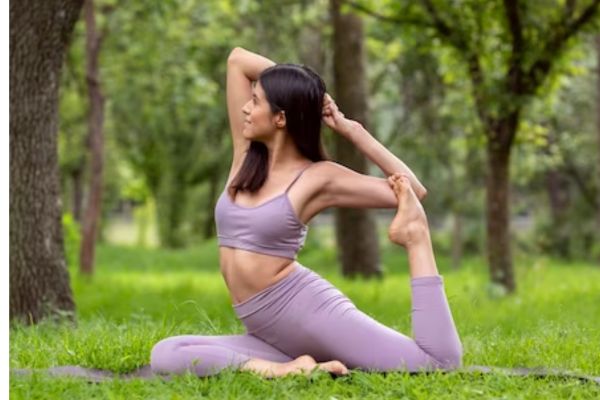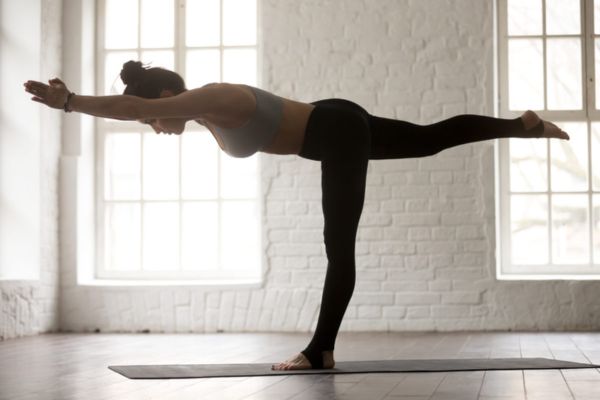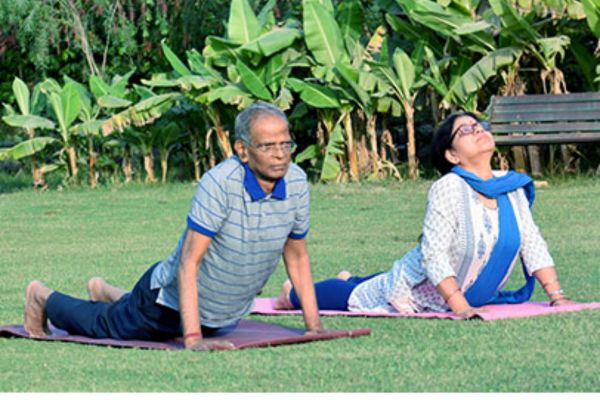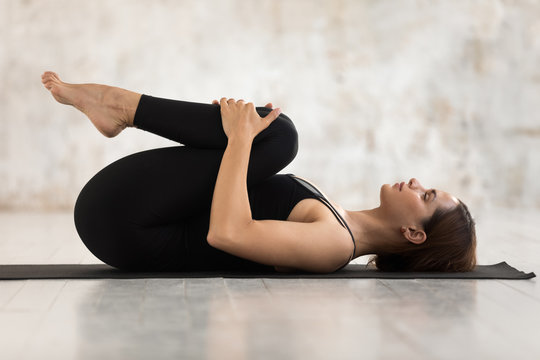The Essence of Sequencing in Yoga
Yoga is more than just a collection of postures—it’s a holistic practice that integrates the body, mind, and breath. At the heart of every impactful yoga session lies an intelligent sequence. The art and science of sequencing involve crafting a flow of postures, breathing techniques, and mindfulness practices that work synergistically to transform and heal.
This blog delves into the transformative and therapeutic power of yoga sequencing, how it enhances practice, and why understanding its principles is essential for both teachers and practitioners.

What Is Yoga Sequencing?
Yoga sequencing is the purposeful arrangement of asanas (poses) and practices to achieve a specific outcome, such as relaxation, strength, or healing. A well-sequenced class offers:
- Physical Balance: Progression from warm-up to peak poses to cool down.
- Mental Focus: A flow that engages the mind and sustains attention.
- Emotional Release: Techniques that help process and release stored tension.
In essence, sequencing is about guiding practitioners through a journey that culminates in holistic well-being.
The Pillars of Effective Yoga Sequencing
- Purpose-Driven Design
Every sequence should have a clear intent—whether it’s building strength, enhancing flexibility, or calming the mind. For instance:- A strength-building sequence may incorporate warrior poses, planks, and arm balances.
- A calming sequence could involve gentle forward bends and restorative poses.
- Progression and Preparation
Each pose prepares the body for the next. For example:- Warm-ups like cat-cow and gentle twists mobilize the spine for deeper backbends.
- Standing poses such as triangle or warrior prepare the hips and legs for advanced balancing poses.
- Anatomical Awareness
Effective sequencing respects the natural alignment and limitations of the body, ensuring safety and preventing injury. - Energetic Flow
The sequence should balance energy within the body:- Yang sequences energize and invigorate with dynamic movements.
- Yin sequences calm and restore through long-held poses.
- Integration of Breath and Movement
Linking breath with movement (vinyasa) amplifies the benefits of sequencing, creating a meditative rhythm that deepens focus and awareness.

Transformative Power of Yoga Sequencing
1. Physical Transformation
Intelligent sequencing strengthens muscles, improves flexibility, and enhances posture. For instance, a flow designed for core engagement builds strength and stability that translates into better balance and reduced back pain.
2. Emotional Release
Certain sequences target areas where stress and emotions are stored, such as the hips and shoulders. A hip-opening sequence can facilitate emotional release, leaving practitioners feeling lighter and more at peace.
3. Mental Clarity
A well-sequenced class fosters mindfulness by guiding students through a journey that requires focus and presence. The meditative quality of sequencing can reduce mental chatter and cultivate clarity.
4. Spiritual Connection
Sequences designed with an intention, such as gratitude or self-acceptance, can deepen the spiritual aspect of yoga, allowing practitioners to connect with their inner selves.
Therapeutic Applications of Yoga Sequencing
Yoga sequencing can be a powerful tool for addressing specific physical and mental health challenges.
- Chronic Pain Management
Sequences focusing on gentle stretches, alignment, and breathwork can alleviate chronic pain conditions like arthritis or lower back pain. - Anxiety and Stress Relief
Slow, restorative flows combined with pranayama (breathing exercises) help activate the parasympathetic nervous system, reducing stress and promoting relaxation. - Rehabilitation and Injury Recovery
Therapeutic sequences are tailored to support healing by focusing on alignment, muscle activation, and gradual progression. - Hormonal Balance
Flows incorporating twists, inversions, and specific pranayama techniques can help balance the endocrine system and alleviate symptoms of hormonal imbalances.

Popular Sequencing Styles
1. Vinyasa Flow
- Characterized by a dynamic flow linking breath and movement.
- Ideal for building strength, flexibility, and cardiovascular endurance.
- Example: Sun Salutations, followed by standing poses, backbends, and a calming savasana.
2. Restorative Yoga Sequence
- Focuses on deep relaxation through long-held, supported poses.
- Ideal for stress relief and recovery.
- Example: Child’s pose, supported bridge, and reclined butterfly.
3. Therapeutic Sequence
- Designed to address specific physical or mental challenges.
- Example: Gentle twists and supported poses for lower back pain.
4. Peak Pose Sequence
- Builds up to a challenging pose, with preparatory postures to ensure safety.
- Example: Progression towards wheel pose (urdhva dhanurasana), starting with bridge pose and backbends.
Tips for Creating Effective Sequences
- Start with a Clear Intention
What do you want the class to achieve? Let your intention guide the flow. - Warm-Up Thoroughly
Always prepare the body with dynamic stretches or simple poses before introducing complex asanas. - Balance Opposites
Include counterposes to neutralize the effects of intense postures. For instance, follow a backbend with a forward fold. - End with Stillness
Conclude every sequence with relaxation or meditation to integrate the benefits of the practice. - Adapt to the Audience
Consider the needs, abilities, and experience levels of your students.

Conclusion: The Art and Science of Sequencing
Yoga sequencing is more than arranging poses—it’s about creating a journey that nurtures the body, mind, and spirit. When done thoughtfully, it becomes a transformative practice, offering therapeutic benefits and a deeper connection to oneself.
Whether you’re a teacher or a practitioner, understanding the science of sequencing empowers you to experience and share the full potential of yoga. Through purposeful design, every class becomes a masterpiece that heals, inspires, and transforms.
